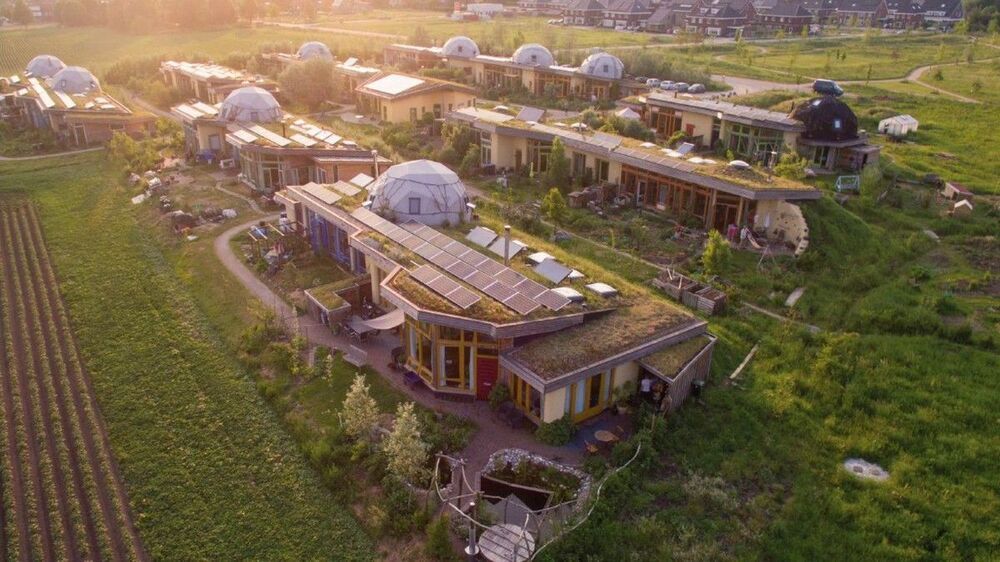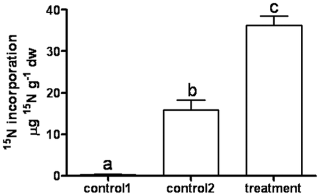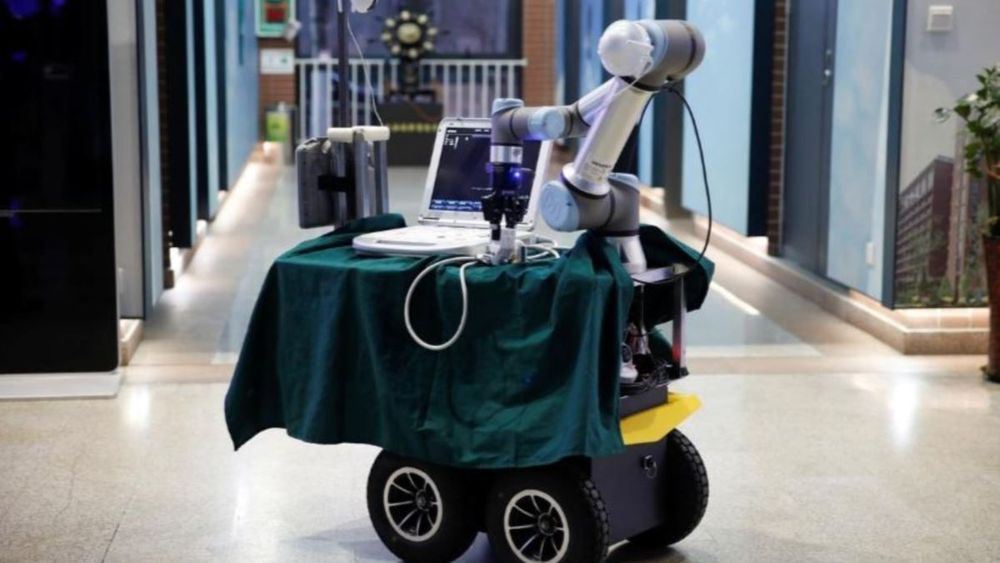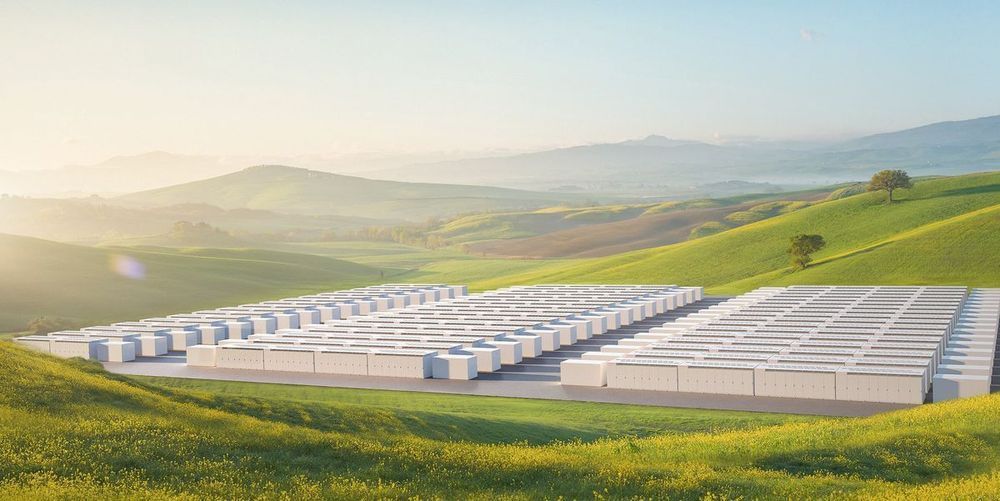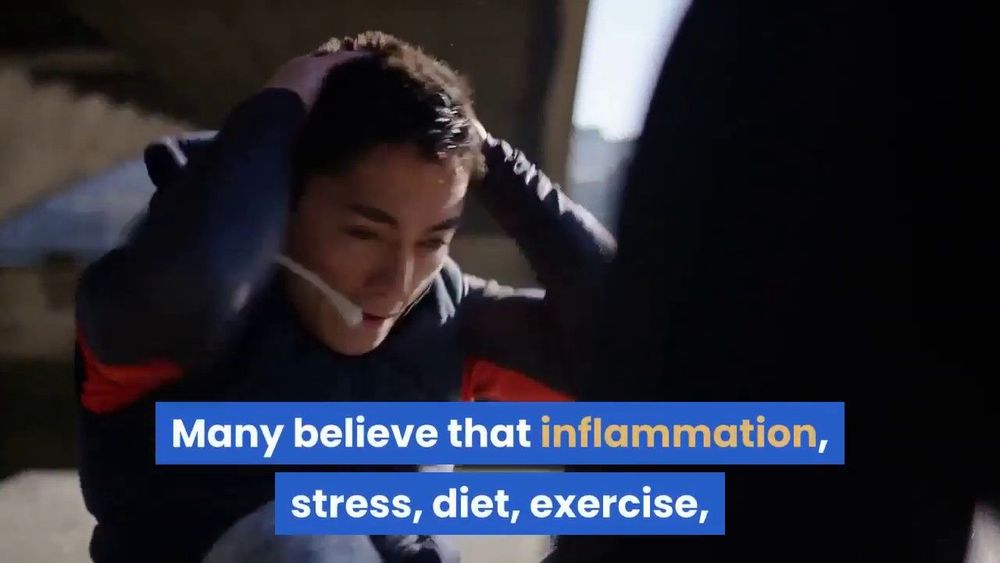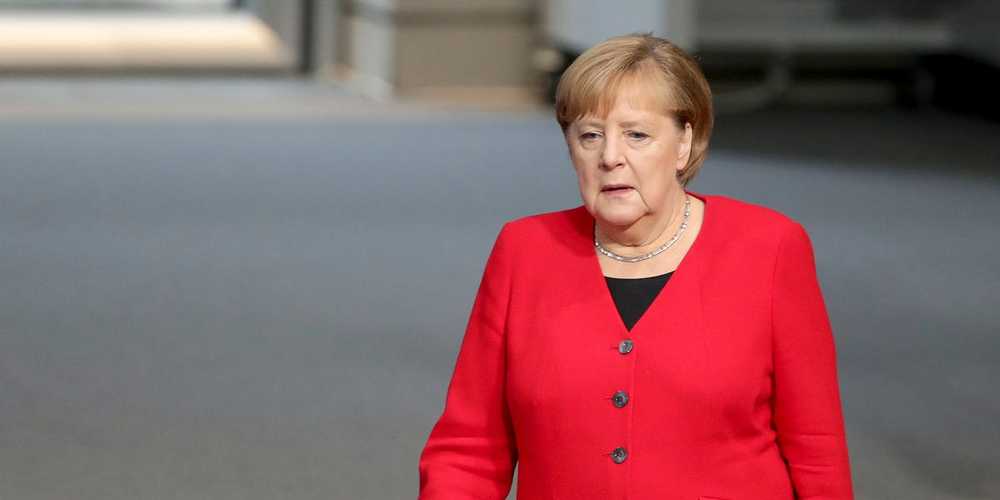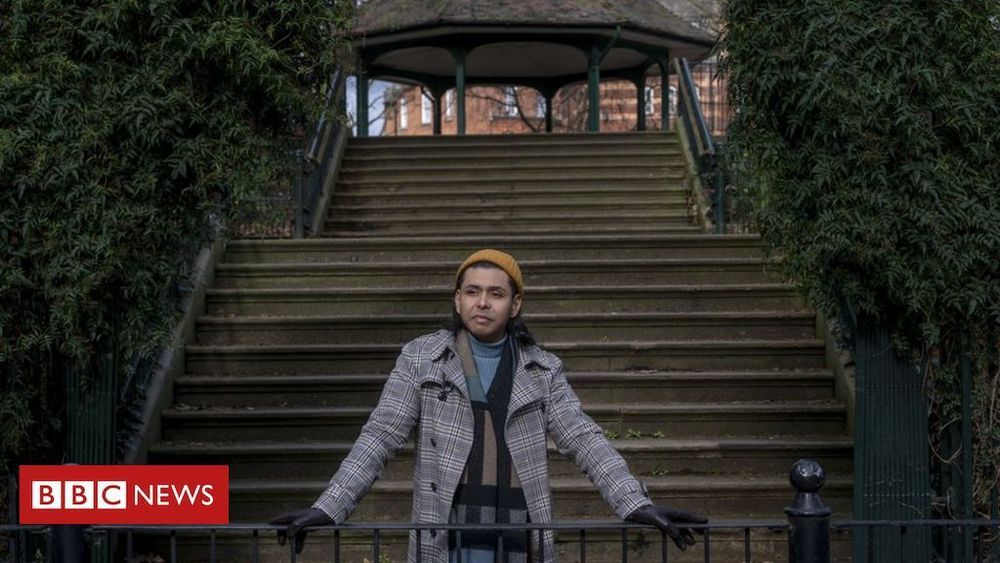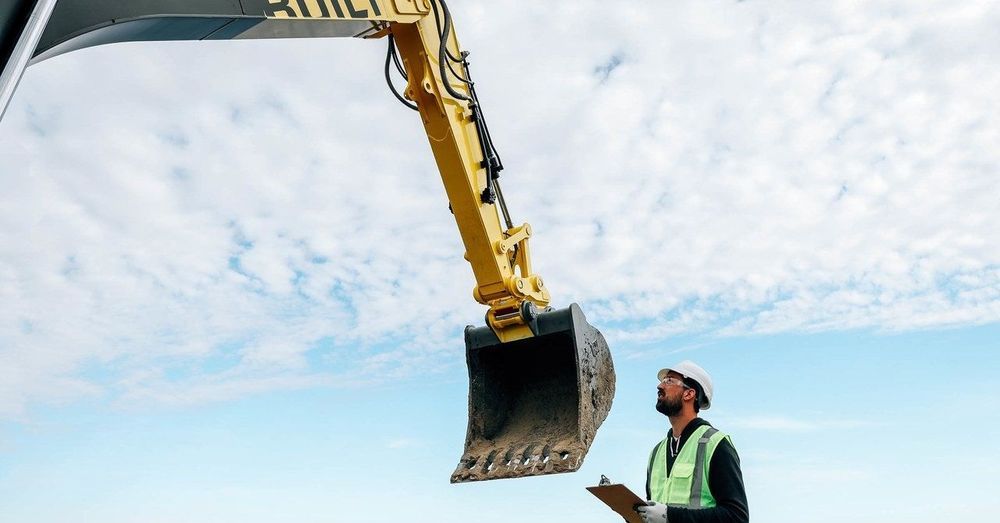The new approach could even pave the way for 100 percent self-sufficiency in power, heat, and water.
Editor: Juergen Kroymann, CNRS UMR 8079/Université Paris-Sud, France.
Received: June 7, 2010; Accepted: July 7, 2010; Published: July 30, 2010.
Copyright: © 2010 Paungfoo-Lonhienne et al. This is an open-access distributed under the terms of the Creative Commons Attribution License, which permits unrestricted use, distribution, and reproduction in any medium, provided the original author and source are credited.
A happy accident in the laboratory has led to a breakthrough discovery that not only solved a problem that stood for more than half a century, but has major implications for the development of quantum computers and sensors. In a study published today in Nature, a team of engineers at UNSW Sydney has done what a celebrated scientist first suggested in 1961 was possible, but has eluded everyone since: controlling the nucleus of a single atom using only electric fields.
“This discovery means that we now have a pathway to build quantum computers using single-atom spins without the need for any oscillating magnetic field for their operation,” says UNSW’s Scientia Professor of Quantum Engineering Andrea Morello. “Moreover, we can use these nuclei as exquisitely precise sensors of electric and magnetic fields, or to answer fundamental questions in quantum science.”
That a nuclear spin can be controlled with electric, instead of magnetic fields, has far-reaching consequences. Generating magnetic fields requires large coils and high currents, while the laws of physics dictate that it is difficult to confine magnetic fields to very small spaces—they tend to have a wide area of influence. Electric fields, on the other hand, can be produced at the tip of a tiny electrode, and they fall off very sharply away from the tip. This will make control of individual atoms placed in nanoelectronic devices much easier.
Universal Basic Income usually creates a confusion and heated debates when people get divided between doomsday and Utopian scenarios. With faster than expected development of AI, we might be faced with no choice. In such case, what will UBI mean for most of us and how will it be implemented?
Chinese researchers have developed a robot designed to help doctors treat the new coronavirus and other highly contagious diseases.
The machine has a long robotic arm attached to a base with wheels. It can perform some of the same medical examination tasks as doctors. For example, the device can perform ultrasounds, collect fluid samples from a person’s mouth and listen to sounds made by a patient’s organs.
Cameras record the robot’s activities, which are controlled remotely so doctors can avoid coming in close contact with infected patients. Doctors and other medical workers can operate the machine from a nearby room, or from much farther away.
More than two years after winning an electricity bet, Elon Musk’s resulting Australian solar and wind farm is an almost total success. The facility powers rural South Australia, whose population density falls between Wyoming and Alaska, the two least dense U.S. states.
Useful video for the development of the rejuvenation industry.
Scientists today now have a better understanding of the aging process, giving us a better explanation of the cellular changes that lead our body and brain to decline as we age.
After a parliamentary meeting, German Chancellor Angela Merkel said she thought 60% to 70% of Germans would end up with the coronavirus.
Adam Castillejo, the “London Patient”, is free of the virus more than 30 months after stopping treatment.
A robotic excavator can dig a pipeline trench without a human in the cab. An engineers’ union is partnering with the company that makes the tech.
